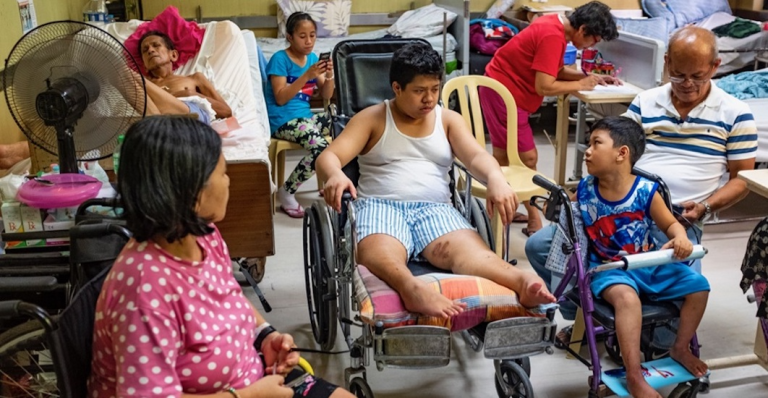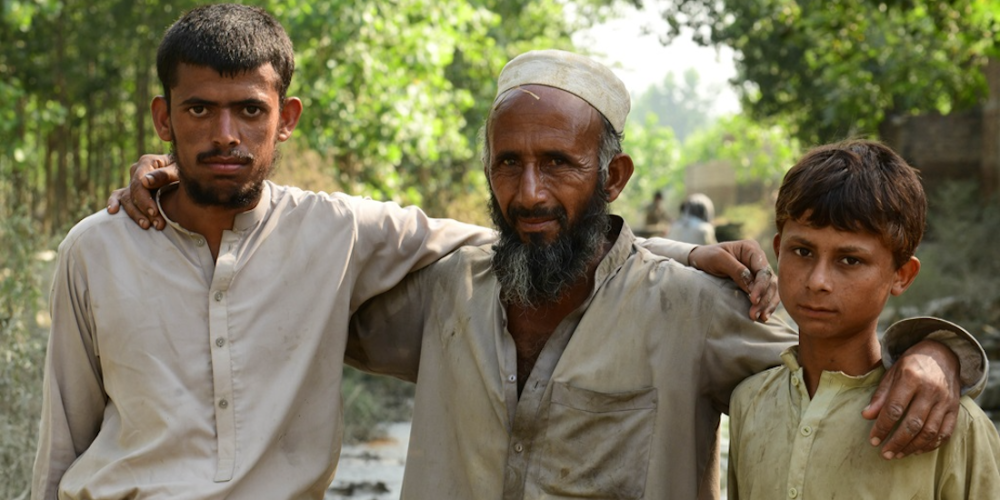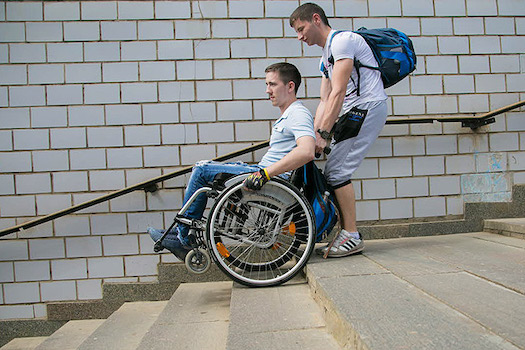
Ensuring Inclusive Healthcare Access For Over One Billion Disabled Individuals Globally
New York, N.Y. – In a world striving for inclusivity, health equity for persons with disabilities stands as a global health priority. With over 1.3 billion people-one in six individuals-living with significant disabilities, the call for action has never been more urgent. The World Health Organization (WHO) underscores that this number is expected to rise, making disability a central issue in public health, human rights, and development.
Health Equity: A Fundamental Right
Health equity for persons with disabilities is not just a policy goal; it is a human right. Every person, regardless of ability, deserves to enjoy the highest attainable standard of health. Yet, millions continue to face barriers-ranging from physical inaccessibility to social stigma-that impede their access to essential healthcare services. These obstacles often lead to poorer health outcomes, reinforcing cycles of disadvantage and exclusion.

The Global Burden of Disability
Today, an estimated 1.3 billion people worldwide experience significant disability. This figure represents 16% of the global population, highlighting the widespread nature of the issue. The prevalence is even greater in low- and middle-income countries, where disability and poverty often reinforce one another, deepening health inequities.
“Disability is a part of the human condition.
Almost everyone will be temporarily or permanently impaired
at some point in life,” notes a WHO spokesperson.
Development Priority: Bridging the Gap
Addressing health equity for persons with disabilities is also a development priority. The intersection of disability and poverty means that millions are left behind in health, education, and employment. Governments and health sector partners must work together to break this cycle, ensuring that persons with disabilities are included in all aspects of development.

WHO’s Roadmap: 40 Actions, 3 Principles
The WHO has outlined a comprehensive roadmap to achieve health equity for persons with disabilities, recommending 40 specific actions built on three guiding principles:
- Include health equity at the center of all actions: Policies and programs must prioritize the unique needs of persons with disabilities.
- Empower and include persons with disabilities: Active participation and representation are essential for meaningful change.
- Monitor the impact of health sector actions: Continuous evaluation ensures that interventions are effective and equitable.
The Human Face of Disability
Behind every statistic is a story. People with disabilities often experience violence, prejudice, and discrimination-both within healthcare settings and in broader society. These challenges can lead to delayed or inadequate care, compounding health issues that could otherwise be managed or prevented.
“When health systems are accessible, everyone benefits.
Inclusion is not just the right thing to do; it’s the smart
thing to do,” says Dr. Maria, a disability rights advocate.
What Can Be Done?
The path forward requires collective action at all levels:
- Governments must enact and enforce policies that guarantee equal access to healthcare and social services.
- Healthcare providers should receive training to address the specific needs of persons with disabilities and eliminate discriminatory practices.
- Communities can foster inclusion by challenging stigma and supporting accessible environments.
- Individuals are encouraged to advocate for disability rights and support organizations working to advance health equity.
Key Facts at a Glance:
- Over 1.3 billion people worldwide have significant disabilities.
- This represents 16% of the global population-1 in every 6 people.
- Health equity for persons with disabilities is a global, human rights, and development priority.
- WHO recommends 40 actions and 3 guiding principles to achieve health equity for all.
Let’s work together to ensure that no one is left behind.

As the world’s population ages and the prevalence of chronic diseases rises, the number of people living with disabilities will continue to grow. The time to act is now. By centering health equity in global and national agendas, empowering persons with disabilities, and holding systems accountable, we can build a healthier, more inclusive future for all.

How can our community better support
health equity for persons with disabilities?
Join the conversation and help drive change.